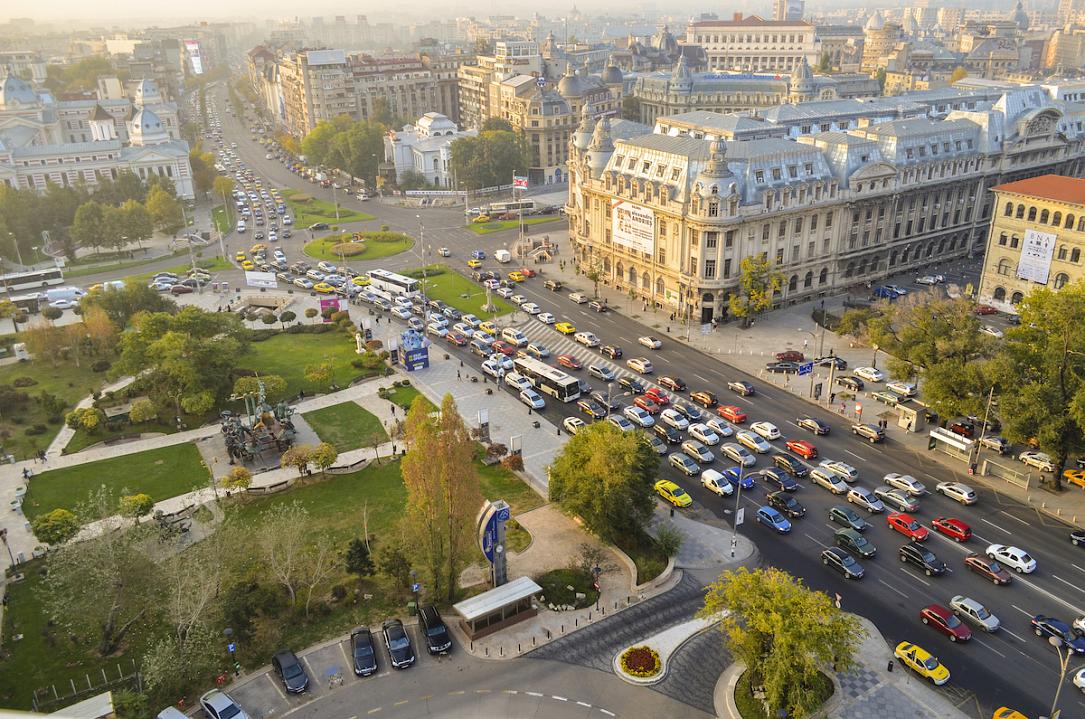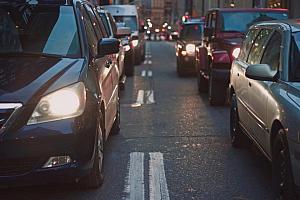Report: Bucharest scores high on affordability of public transport, low on active mobility

Bucharest ranks 2nd out of 14 cities in Europe on the low price of public transport travel but also because of the high density of public transport stations, according to the report “Durable mobility in Bucharest. An evaluation based on indicators”, put together by Greenpeace Romania.
The report is an addition to the 2018 report on durable mobility, “Living. Moving. Breathing”, by the Wuppertal Institute. The report looked at several European cities such as Berlin, London, Vienna, Brussels, Moscow, Rome, Zurich, Paris, Amsterdam, Copenhagen, Oslo, Budapest and Madrid.
Despite the good positioning on the affordability of public transport, the city lacks an integrated ticket system, like a sole transport card that could be credited and used for all means of public transport, the report shows.
“The price of tickets is very reasonable at RON 2.8 (which amounts to EUR 0.59) for a trip on urban and periurban lines (which includes two tickets of RON 1.3 and RON 1.5 respectively). The tariff is reasonable even when adjusted as a percentage from daily food expenses in Bucharest. Nonetheless, passengers need to regularly buy more tickets when using public transport,” the report shows.
Moreover, while the capital lacks the integration of various types of public transport, such as by bus, metro, urban and periurban, it also lacks intermodal stations, which combine different public transport means, provided by both public and private operators and an integrated system for purchasing tickets.
Furthermore, the capital ranked 13th out of 14th cities on several other indicators, namely road safety, air quality, management of mobility and active mobility, such as cycling or walking.
The unsafe traffic put Bucharest on the 13th spot in the chart, ahead of Rome, ranked last. In 2013, 40 people died in the capital as a result of accidents involving pedestrians, the report shows.
When it comes to air quality, the city scores low because of the values of NO2, PM10 and PM2.5 pollutants, ranking in the chart ahead only of Moscow. The high number of private cars, the low proportion of those choosing active mobility solutions, and the decreasing green areas are identified in the report as causes of the poor air quality in the city.
When it comes to active mobility, the city lacks a well-designed cycling lane system, the report indicates. It also argues that the pedestrian infrastructure can be improved by combating illegal parking on sidewalks, providing an infrastructure that is accessible to low-mobility individuals and helping integrate them into the public transport system, or creating pedestrian areas.
(Photo: C Glacyer Dreamstime.com)
editor@romania-insider.com
















